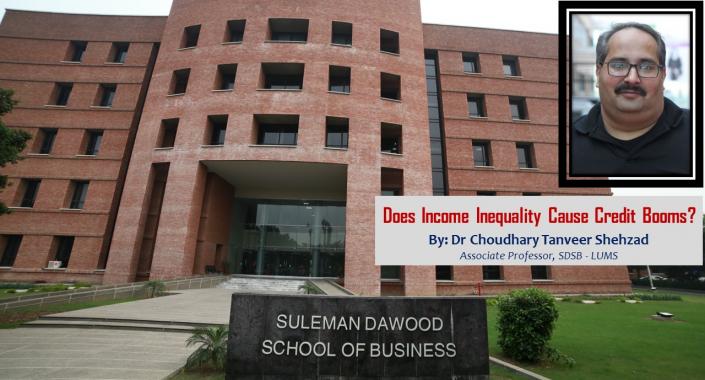
Speaker’s Profile:
Dr Tanveer Shehzad is Associate Professor in Finance at SDSB-LUMS. His research is focused on strategic and competitive issues faced by firms operating in developing countries, macroeconomic challenges faced by Pakistan, empirical analysis of corporate finance theories, risk-taking behavior of financial firms, supervision and regulation of banks, banking crises, sovereign credit ratings and financial reform.
His research has been published in reputed journals like Review of Finance, Journal of Banking and finance, Applied Economics, Journal of International Financial Markets, Institutions & Money and North American Journal of Economics and Finance. He has presented his research in a number of international conferences. Additionally, he is a referee for international journals like Journal of Banking and Finance, Applied Economics and European Journal of Political Economy among others. He holds a PhD from University of Groningen, the Netherlands and is a Certified Financial Risk Manager from GARP (USA). Before joining LUMS he worked at the Central Bank of Pakistan. He tweets at @ctshehzad.
Abstract:
This paper examines if and how income inequality affects credit bubbles. Rajan (2010) and Kumhof and Ranciere (2012) propose that growing income concentration lead to a boom in private sector credit which later resulted in the US financial crisis of 2008. According to Rajan (2010), with a rise in income inequality in US many low-income earners and riskier borrowers started taking debt to finance their expenditures which led to the creation of credit bubble and ultimately the financial crises. Using data for 176 credit boom episodes for 170 countries from the year 1970 to 2010 and employing panel data logistic regressions along with Cox proportional hazard regressions confirm for the first time that theoretical understanding prevalent in literature holds empirically.

